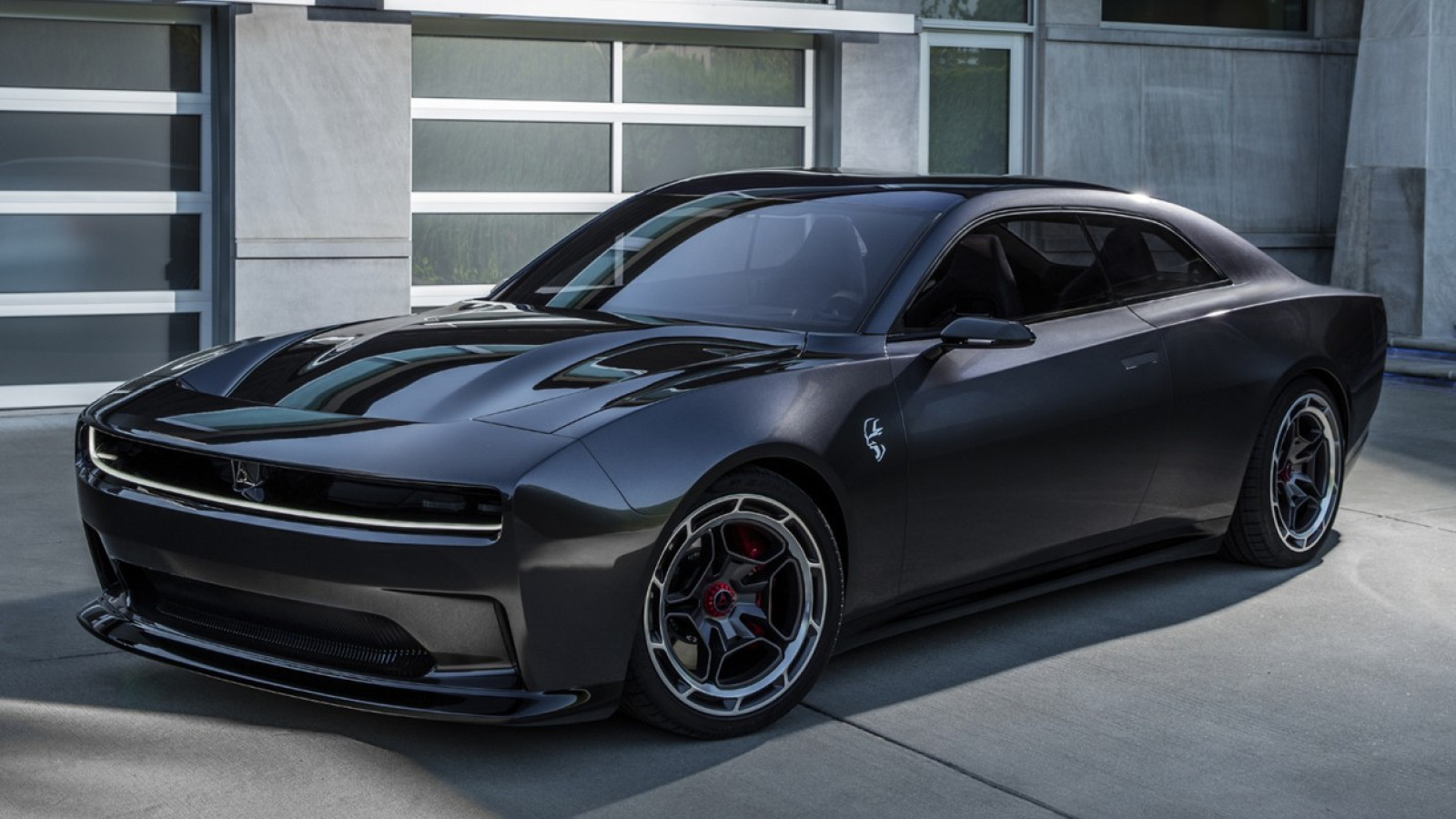
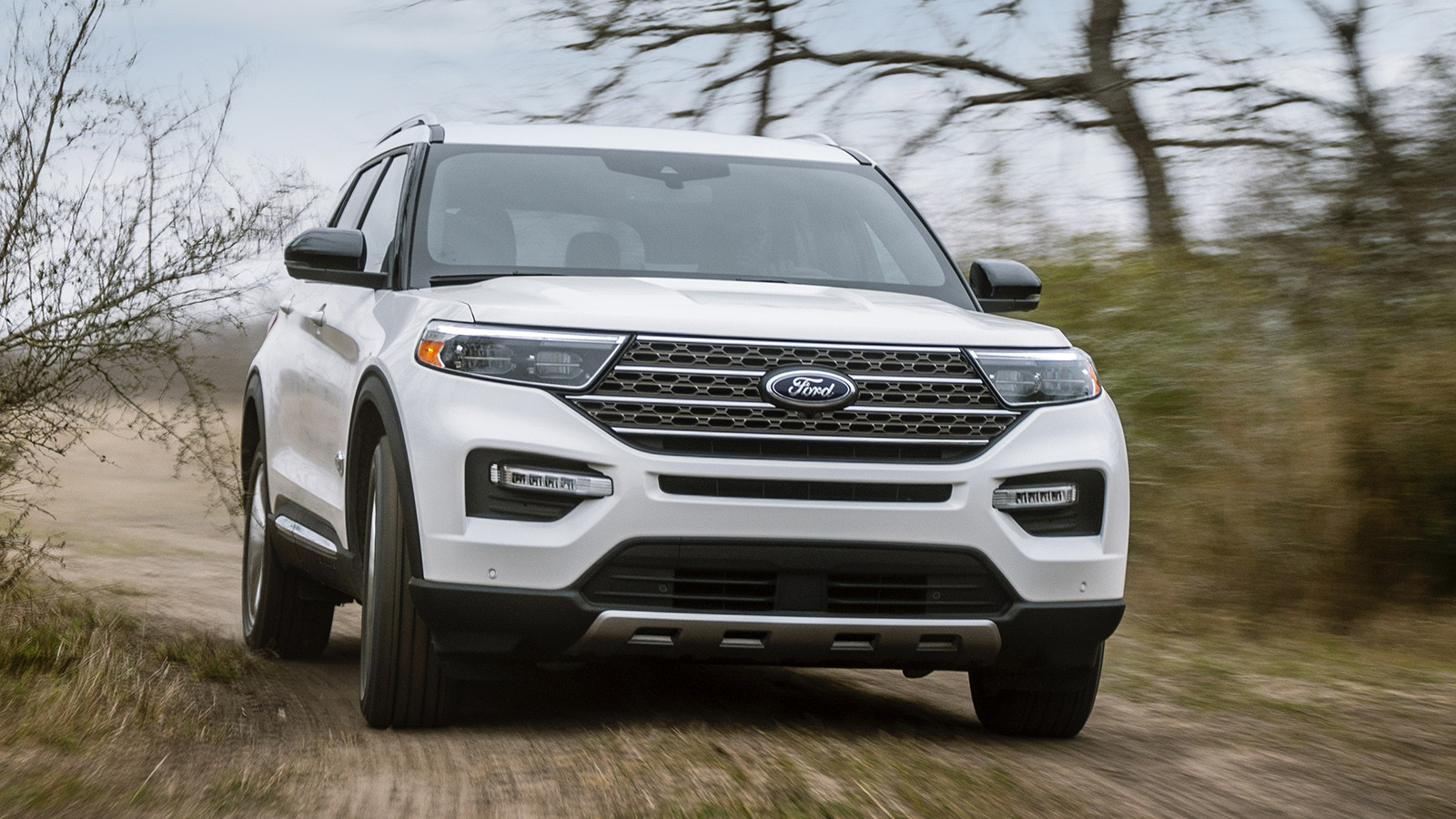

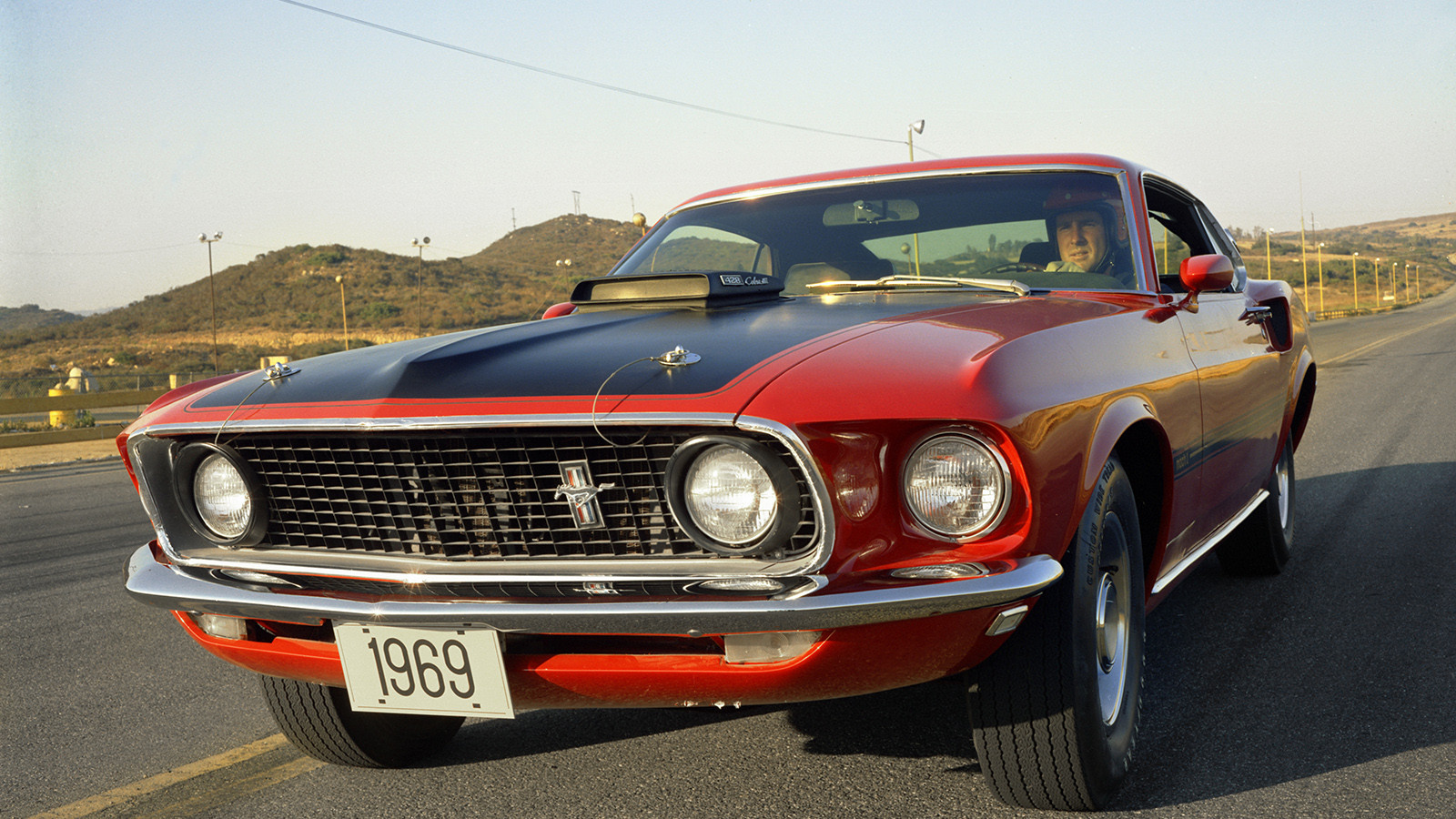
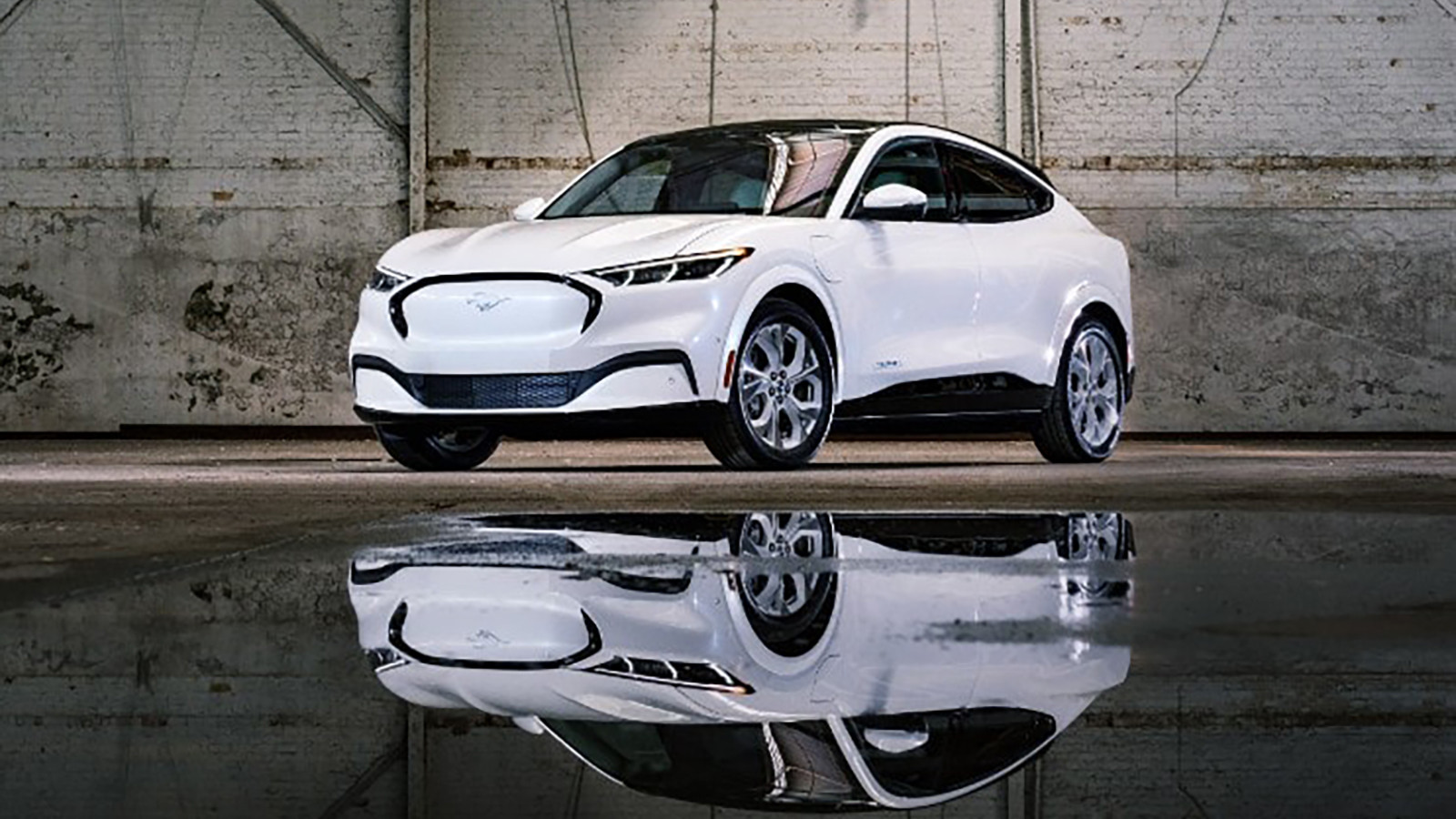
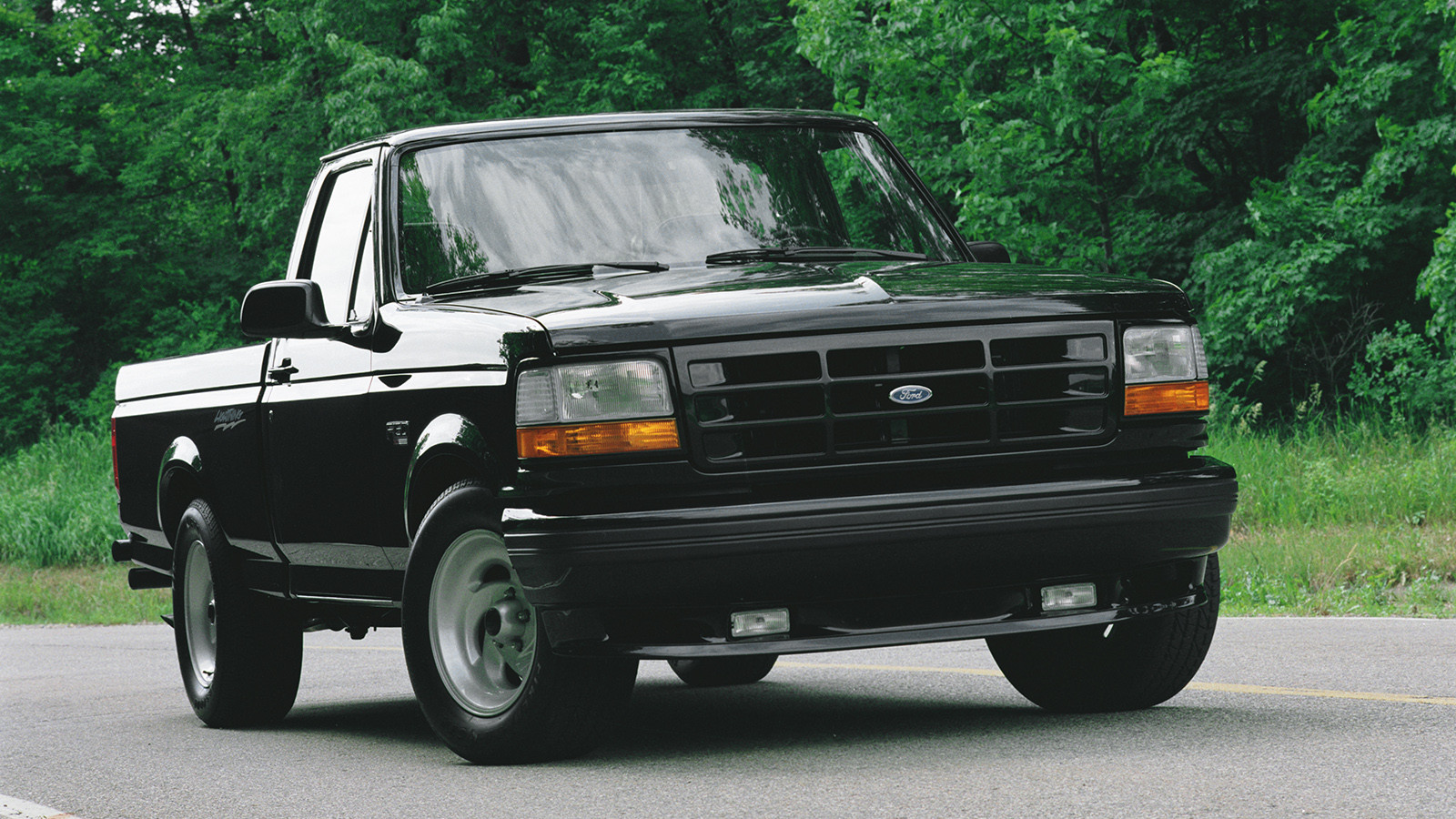
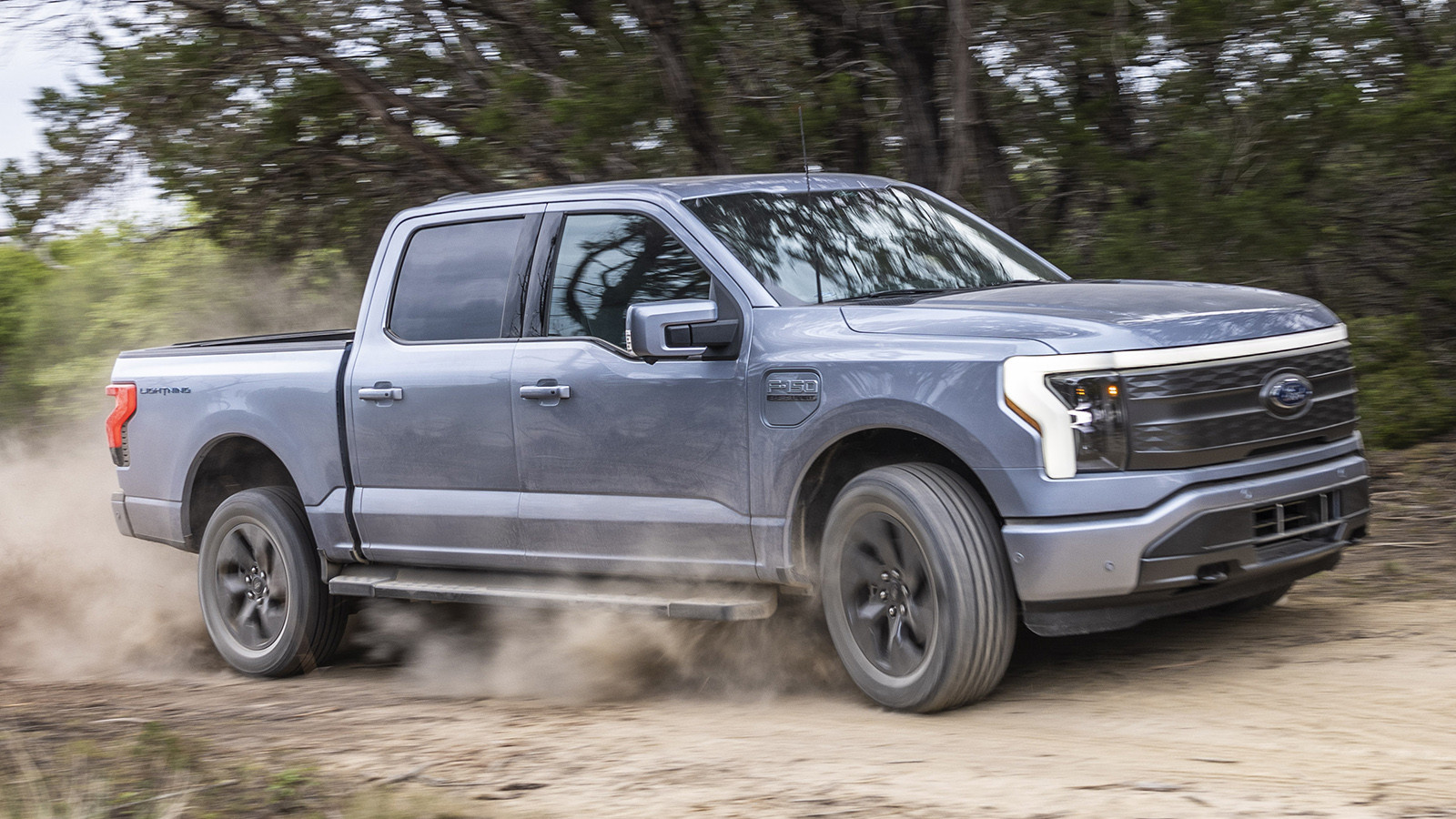
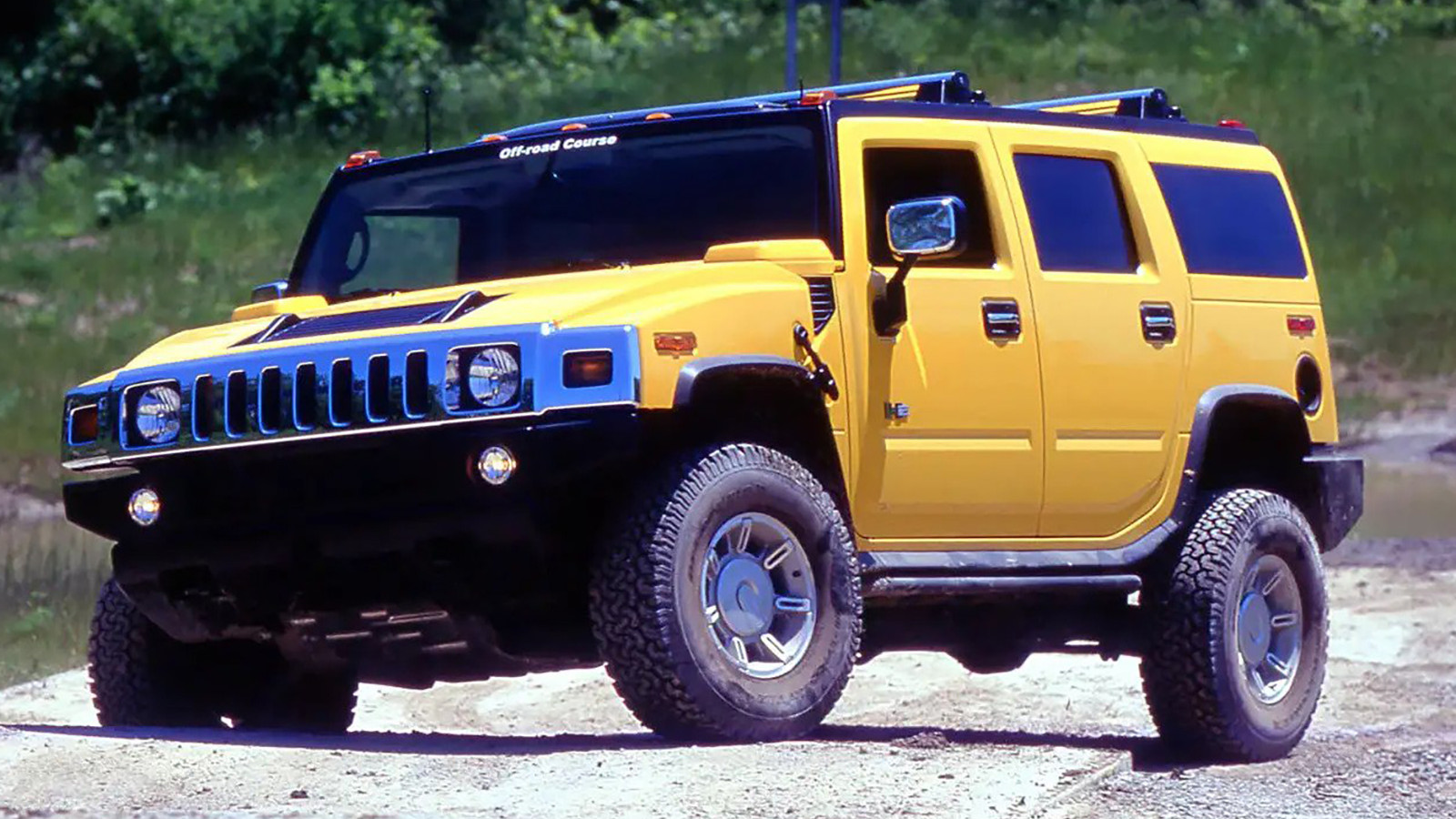
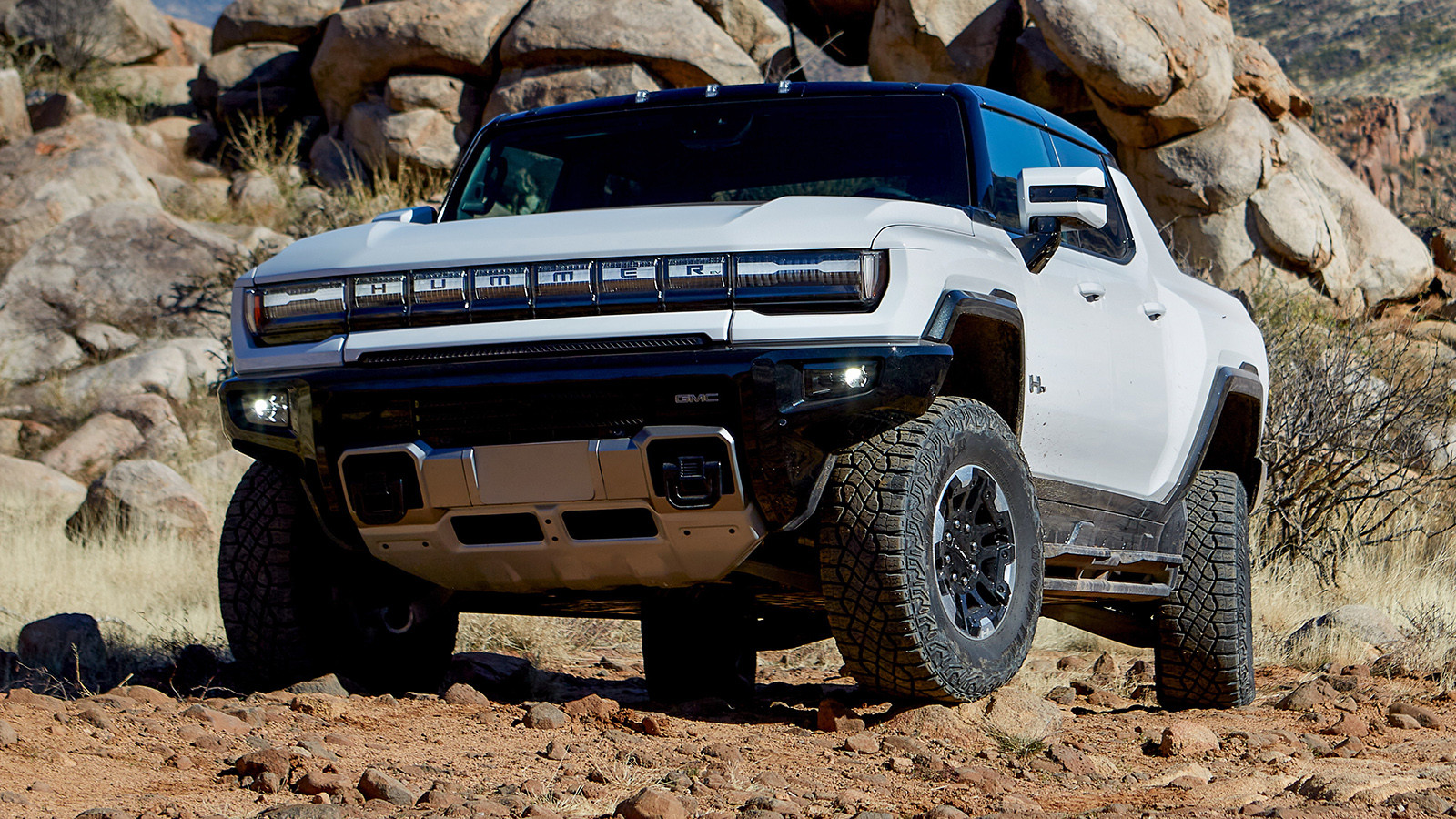

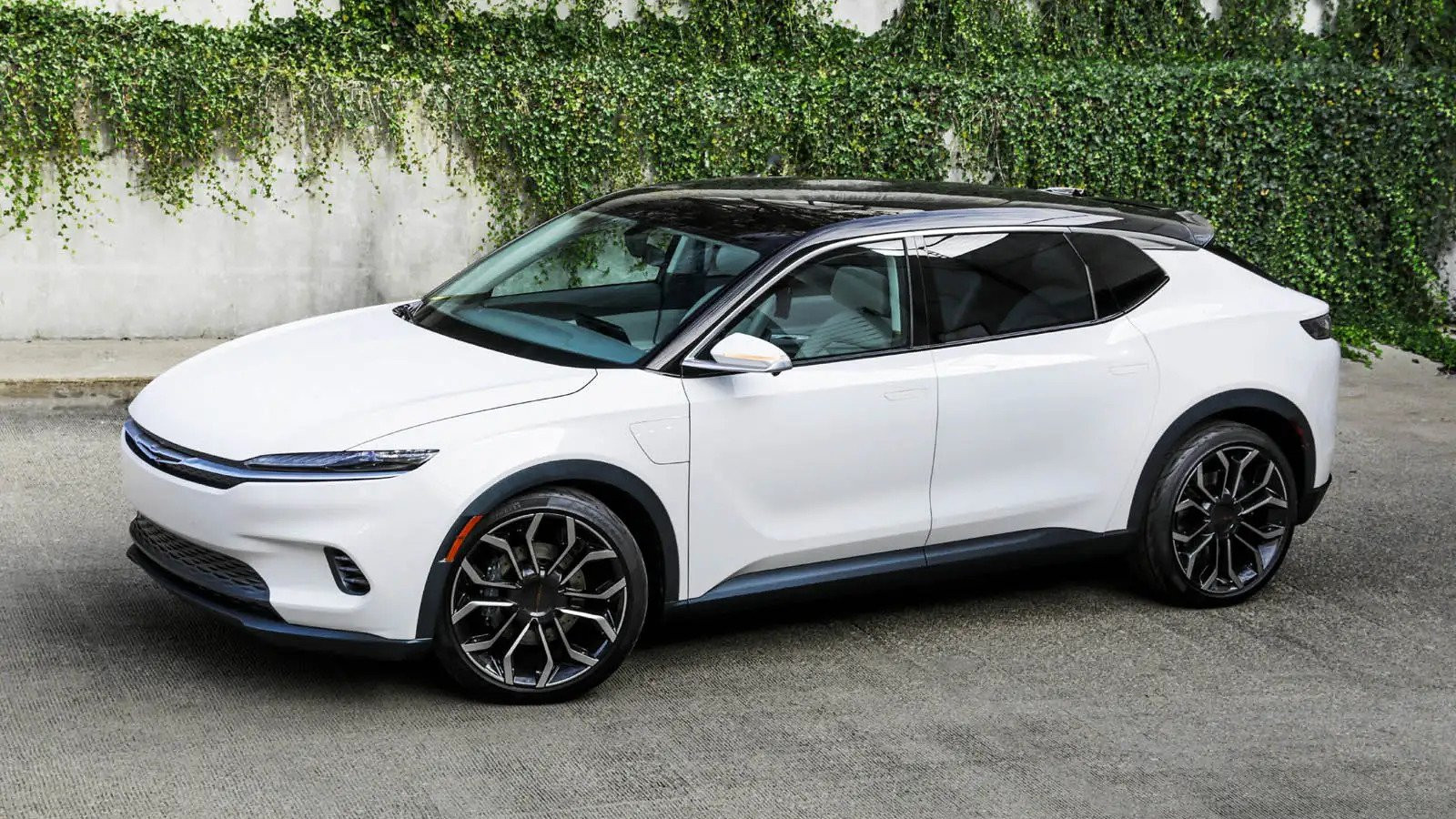
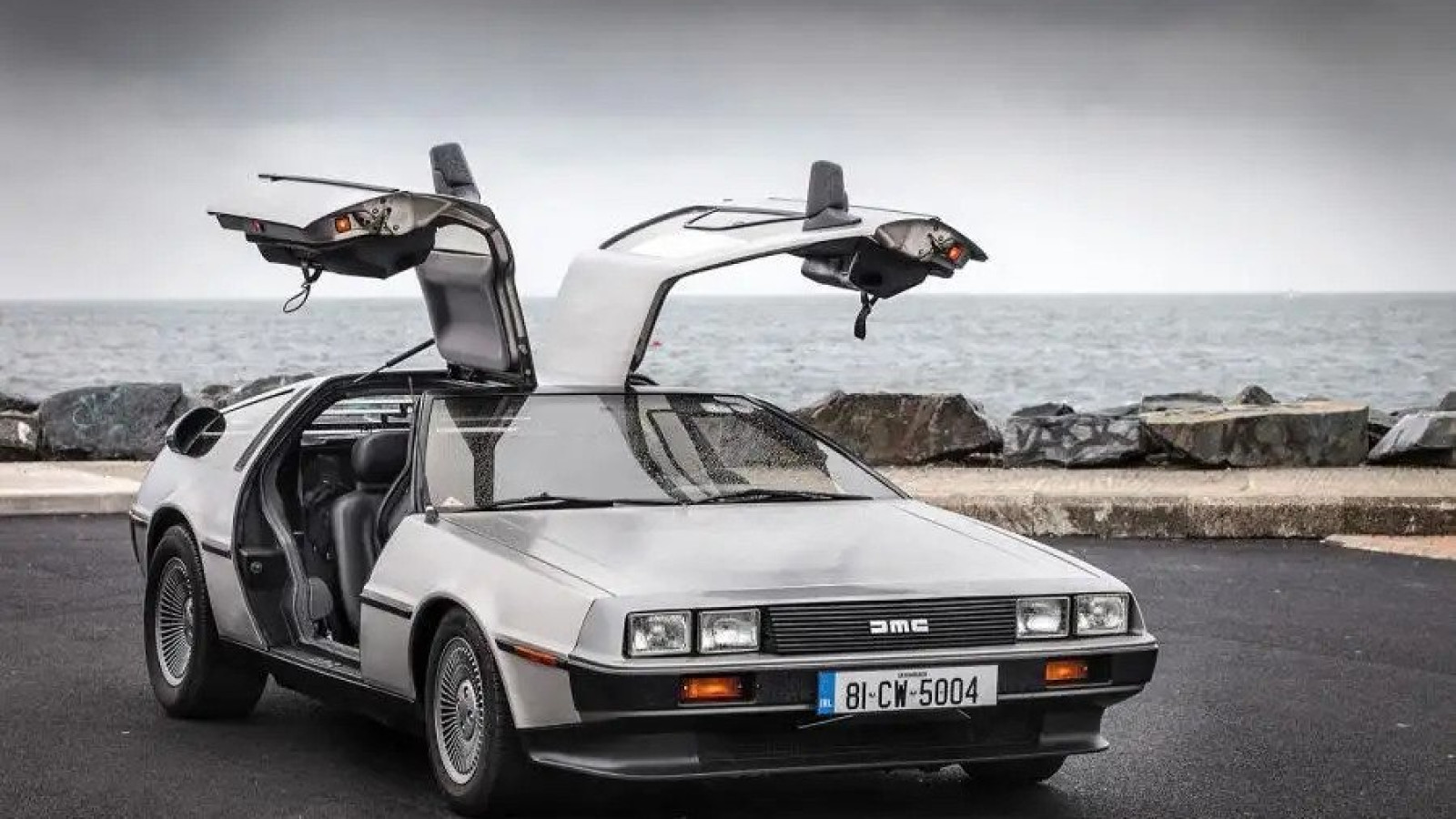
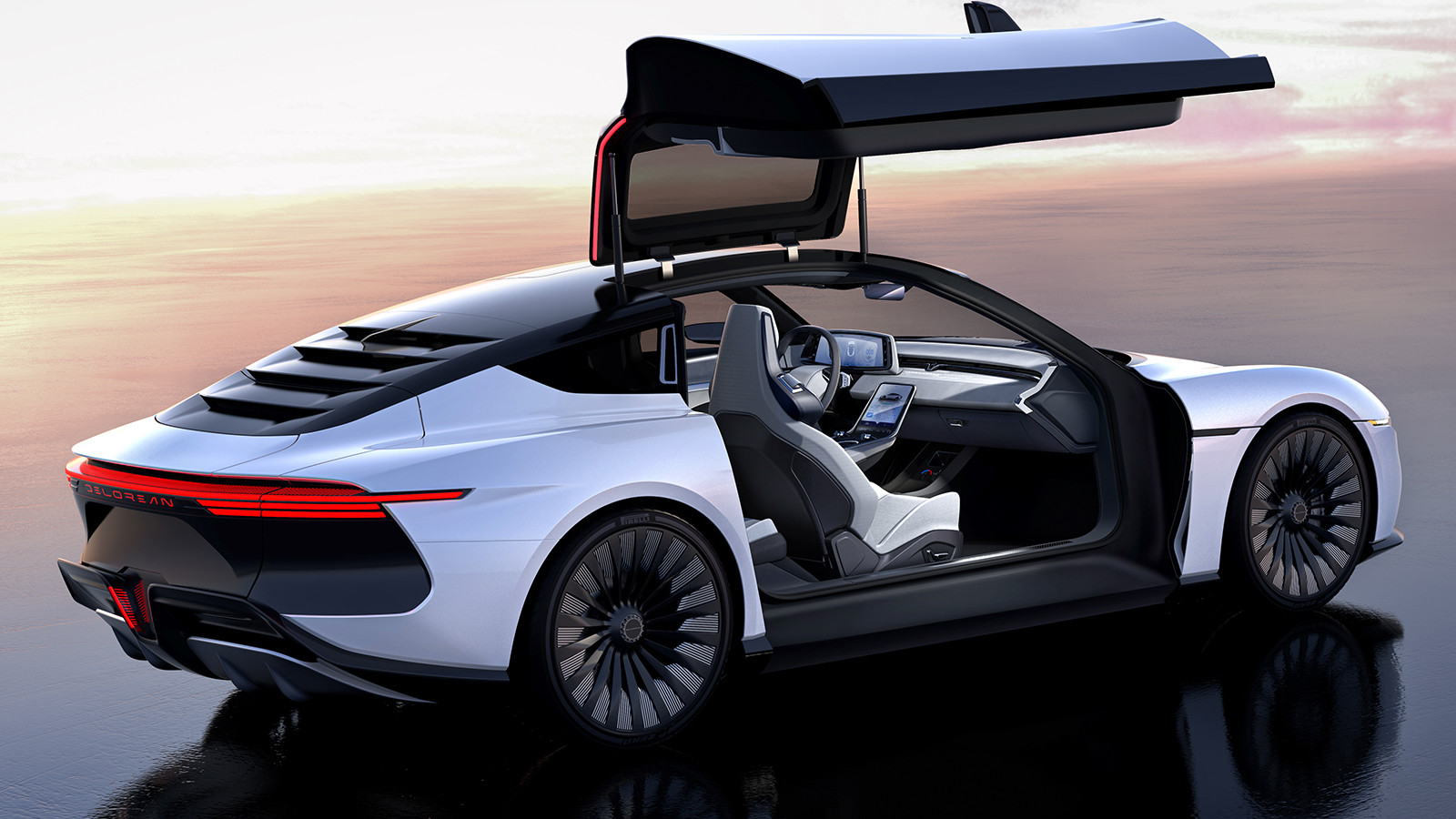

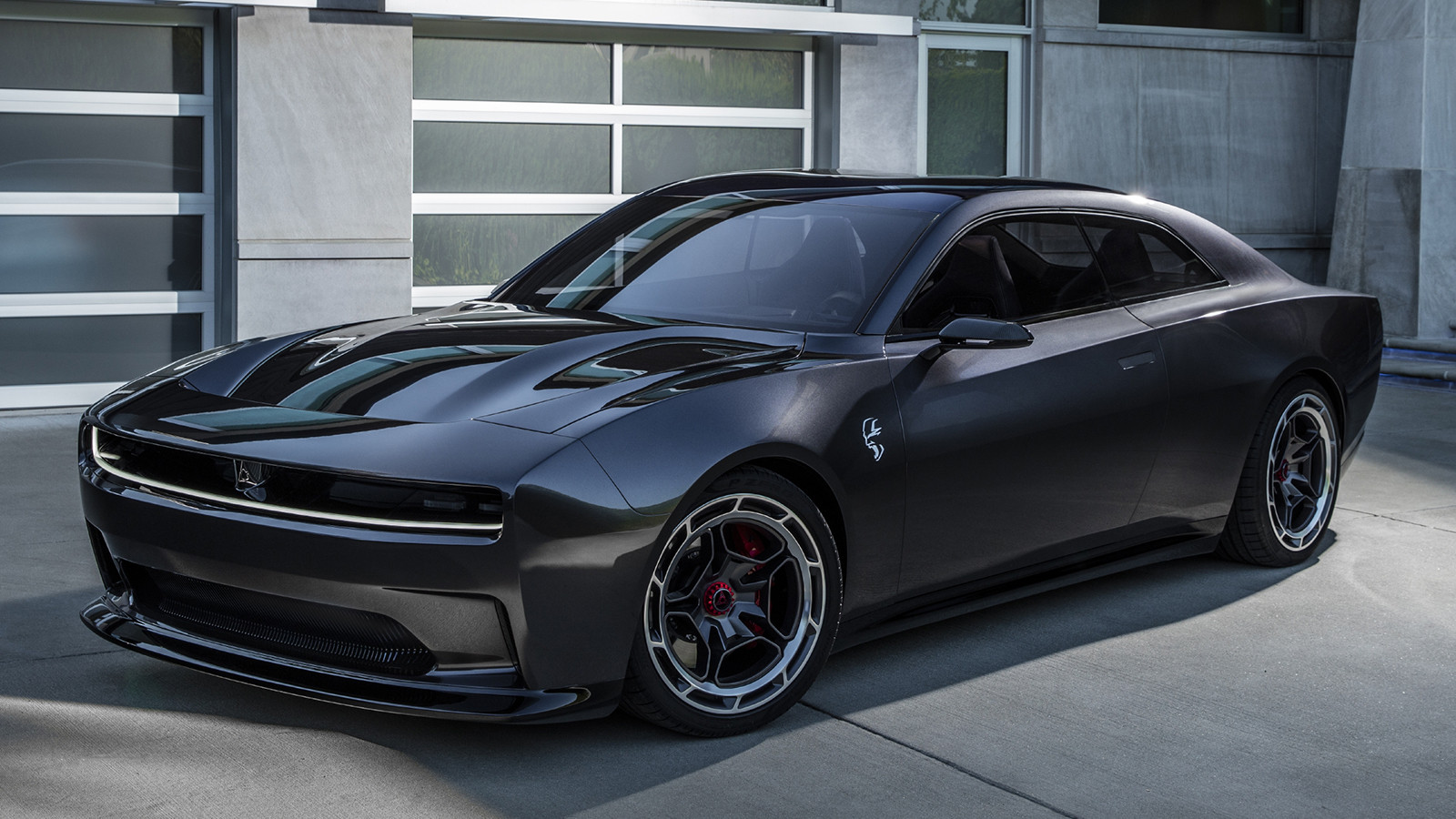

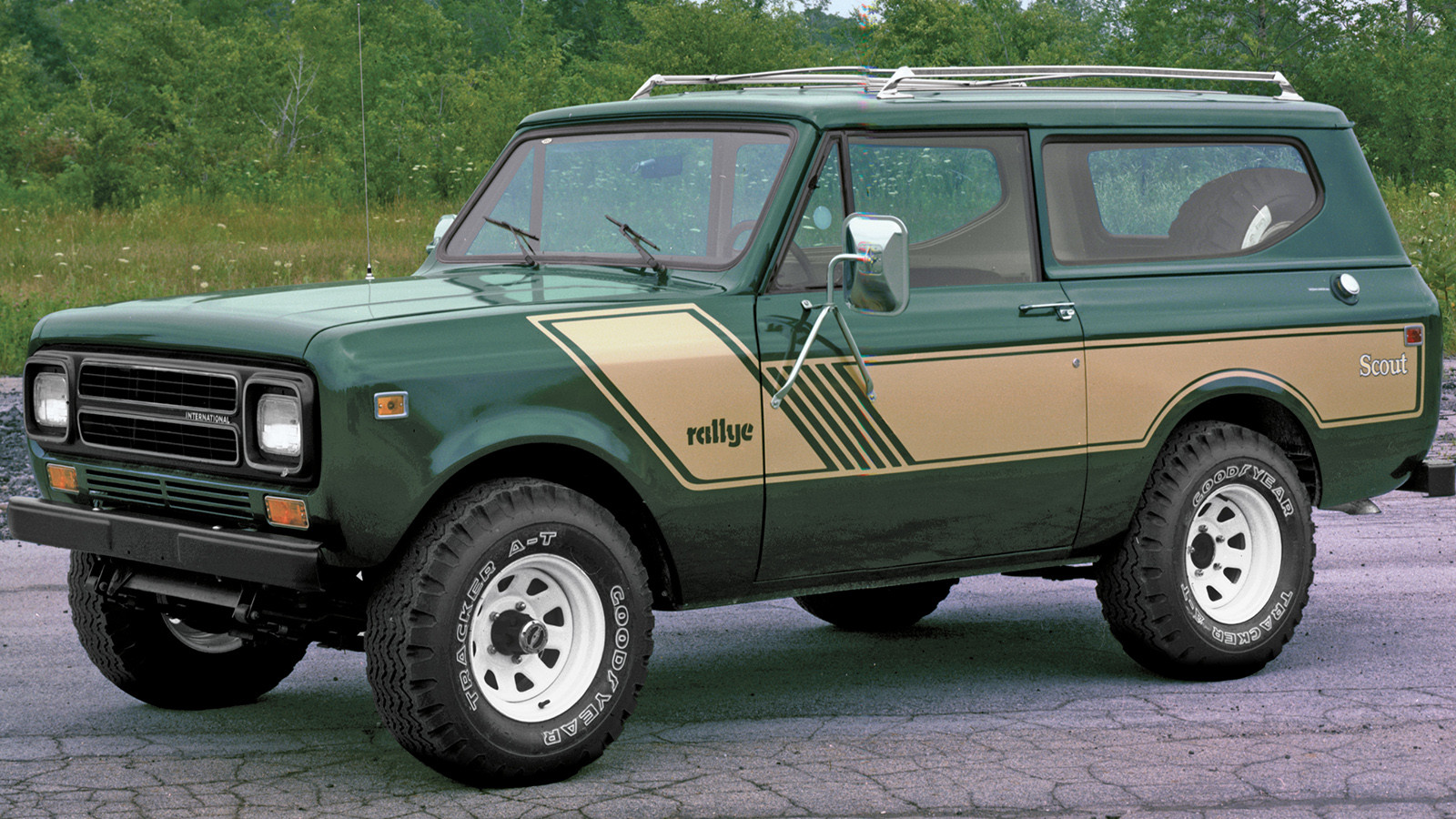
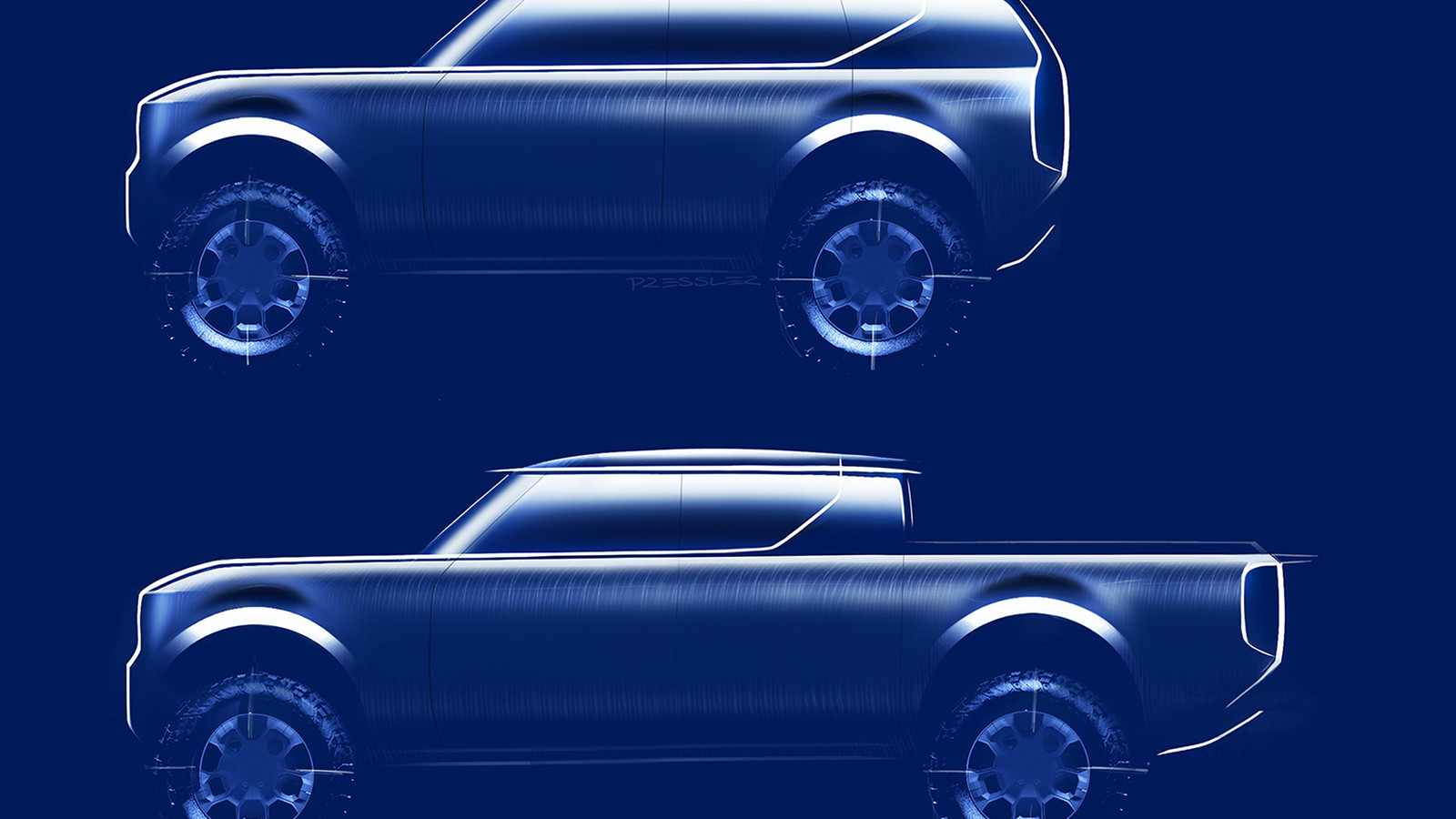
Electric cars are still new for many buyers, so some manufacturers are doing all they can to make them seem familiar.
One way of doing that is by using an existing or classic model name for a new electric vehicle – even if that new EV is really quite different from the machine it’s been named after.
Here are some of the most notable examples of new electric vehicles that have taken on classic nameplates. And just to clarify, apart from a few notable cases, we’ve ignored multi-powertrain vehicles that are offered with both electric and combustion powertrains.
Ford Explorer
The Blue Oval’s long-running SUV is one of its biggest successes in America, proving popular with everyone from families to police forces. Introduced in 1991 as a replacement for the (since revived) Bronco, it’s since become the best-selling SUV of all-time in the USA. With rugged styling and, if you get the right spec, some off-rad ability, the Explorer is now in its sixth generation and is popular in several countries outside the US.
Ford Explorer
Ford has now used the Explorer title for a new bespoke electric SUV that is built on the Volkswagen Group’s MEB platform (which is also used for the Volkswagen ID 4). The electric Explorer is significantly smaller than its combustion-engined namesake, largely because it’s been designed by Ford’s European arm for the smaller roads over there.
Oddly, given the Explorer name has far more resonance in the US, there are no plans to see the Explorer EV in the States. Ford says that the decision to use the name is part of a plan to revive its European fortunes by tapping into its proud American heritage (yes, even though the new car is built on a Volkswagen platform and will be built in Germany).
Ford Mustang Mach 1
Do we really need to introduce the Mustang? It’s one of the most famous muscle cars of all-time, an all-American classic fuelled by a line of powerful combustion engines. The latest version is so popular that it’s now the only sedan-style car in Ford’s US line-up.
There have been numerous variants over the years, but one of the stand-outs was the Mach 1, a souped-up performance version of the first-generation car. The nameplate has been revived for hotter version of several Mustang models over the years.
The electric Mustang Mach-E is definitely not a muscle car: it’s very much a large electric SUV. In fact, the only thing the two have in common at all is their name and the pony badge on the front. So what gives? Well, it’s all about that premium feel.
Ford reckons that the Mustang name has resonance with customers above the Ford badge, so can help the new model appeal to buyers who might not consider a mainstream Ford EV. The Mach E tag is a slightly more subtle nod to the firm’s past models.
Beyond that, the Mach-E is tipped to be the first model in a plan to expand the Mustang from a single model to a whole performance-based sub-brand of vehicles.
Ford SVT Lightning
The Ford F-150 needs absolutely no introduction: it’s been the best-selling vehicle in the US for decades now. But you might now be quite so aware of the SVT Lightning version. It was launched in 1992 as a performance version of the ninth generation F Series, using a specially tuned 240hp V8 engine and with the handling developed by triple Formula 1 world champion Sir Jackie Stewart.
While that model was only on sale for two years, a successor was introduced in 1999 with the tenth generation F Series, using a more standard 360hp 5.4-litre V8 engine.
Ford F-150 Lightning
When Ford launched the electric version of the F-150, it dusted off the Lightning nameplate to help differentiate the battery-powered version from the regular machines. Well, aside from the electricity link, F-150 Lightning does sound cooler than F-150 EV, doesn’t it?
There isn’t much else in common between the new electric Lightning and the previous performance SVT Lightning models, although we’re holding out hope for some hot versions in the not-too-distant future. And now Ford is getting back into F1, it might even rope in a world champion to sort the handling again.
Hummer
The civilian version of the military Humvee, the Hummer brand was hugely popular in the 1990s before the firm behind it collapsed. It had a line-up of three vehicles, and they were definitely not designed with the efficiency in mind: they were all big, boxy SUVs that built firmly on their military roots with rugged styling, plenty of power, huge amounts off-road ability and bodywork that would likely survive a missile strike.
GMC Hummer EV
General Motors ended up owning the Hummer brand after the original firm collapsed, and has now revived it for a range of bespoke electric vehicles. If it sounds slightly odd that the Hummer brand is being used for a range of clean and green EVs, just look at the spec sheet: the Hummer EV packs 1000hp and is designed to offer true off-road ability, including a crab mode that allows it to move diagonally at slow speeds to dodge rocks.
Chrysler Airflow
Produced between 1834 and 1937, the Chrysler Airflow was the first machine really designed with aerodynamic efficiency in mind. The aim was to build a sleek machine that would consume less gas as a result, with Chrysler’s engineers spending hours honing the design in the wind tunnel. They even roped in the help of Orville Wright, who as you might imagine knew a thing or two about aerodynamics.
The resulting machine was sleek and low, and notably different to anything else on America’s roads at the time. That went beyond the styling, to elements such as the full steel body, when most cars still used wood elements. Unfortunately, the machine was a sales flop, with customers seemingly put off by its unusual looks (not helped by a General Motors campaign designed to discredit the machine).
Chrysler Airflow concept
Some nine decades on from the original Airflow, aerodynamic efficiency is bang on trend, as electric vehicles make car buyers far more concerned about how to maximise range. So in 2020 Chrysler dusted off the name for a concept vehicle that previews a mid-size SUV crossover.
The production vehicle was shown at the New York Auto Show in 2022, and features a rakish coupe-esque design intended to help the airflow. There’s also a reworked grille with an illuminated Chrysler logo, while the stripped-back interior is dominated by a touchscreen with a customisable interface.
DeLorean DMC-12
Sometimes a firm won’t just revive a car name: it will revive a whole car brand. Founded by a former GM executive, the DeLorean Motor Company had bold plans when it was launched in the 1980s. And it gained plenty of publicity when its first machine, the stunning DMC-12 played a starring role in the Back to the Future trilogy.
Sadly, its movie fame, sleek styling, gull-wing doors and optional flux capacity meant posters of the DMC-12 ended up on many a bedroom wall, the car was a sales flop – while the DeLorean company itself soon collapsed amid a fraud scandal. It appeared to be a brand that would be consigned to history.
DeLorean Alpha 5
But in 2023, DeLorean has come – yes – Back to the Future. A new Texas-based EV start-up has secured the rights to the DeLorean brand name, and is aiming to revive it with a series of electric models.
The first of those will be the Alpha5, which is due in 2024 as a limited-run spiritual successor of sorts to the DMC-12. While the machine is all-new, it has several styling cues to the 1980s machine, including those gull-wing doors and louvered rear window.
Full technical details have yet to be released and we’re waiting to hear about where it will be produced, but we do know that the machine will only have an electric powertrain – so there’ll be no time-travelling flux capacitor-powered version. DeLorean is aiming to produce 9531 models – one more than the original DeLorean made of the DMC-12.
Dodget Charger Daytona
Back in the 1960s, Dadge was locked in a battle with Ford for stock car supremacy in NASCAR. Since the rules tied racing cars to road-legal versions, Dodge decided to get an edge by creating a series of special Charger Daytona models that features special aerodynamic bodywork, a big rear wing, upgraded suspension and a 7.2-litre V8 engine.
While quickly banned, a Charger Daytona did set the first NASCAR lap exceeding 200mph, while the handful of road cars built quickly became collectors items.
Dodge Charger Daytona SRT Concept
Dodge has since the Daytona nameplate for a series of special edition Chargers. Last year, the brand revealed the Dodge Charger Daytona SRT Concept, previewing its first electric muscle car. A classic two-door couple, it features the combustion engine replaced by an EV powertrain known as ‘Banshee’.
Dodge didn’t give any performance details, other than saying it was ‘faster than a Charger Hellcat’. For reference, the 6.2-litre supercharged V8 allows that model to go form 0-60mph in 3.8 seconds, with a top speed of 203mph. So… pretty fast then.
International Harvester Scout
Here’s another brand that’s being revived for the electric age. Founded in 1902, International Harvester was one of America’s biggest and construction equipment manufacturers – and the Scout was its Jeep-rivalling off-road vehicle.
Produced from 1961 until 1980 and offered as a two-door pick-up or SUV, the Scout models featured neat concepts such as a fold-down windscreen and was offered in a variety of forms, including as a camper.
International Harvester Scout
International Harvester’s fortunes faded in the 1980s, and the company was gradually split into sections and sold off, with the remaining truck and diesel engine manufacturer being rebranded as Navistar International in 1986.
In 2016, what is now Traton, the Volkswagen Group’s truck manufacturer, took a major stake in Navistar, eventually buying the company outright in 2021. While the deal was largely to gain access to the firm’s truck manufacturing operation, it also meant that Volkswagen took control of the firm’s heritage – including the Scout nameplate.
Scout Motors
And now Scout is coming back – and it’s set to renew battle with Jeep by offering a range of go-anywhere, rugged SUVs and pick-ups based on a bespoke electric ladder chassis. The brand is set to be relaunched in around 2026, and early advertising is pitching it as offering machine that are built in America and for America.
That said, Volkswagen is actually behind the brand, having come to own the Scout name. But while the company will be owned by the German giant, the cars will be produced and manufactured at a new US facility being built for Scout in Blythewood, South Carolina.

